A city-based heritage expert is creating an Instagram archive of historical objects to help educators make history more fun
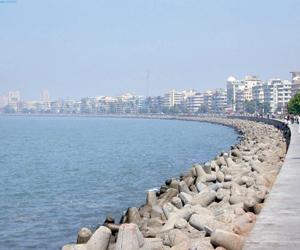
"In a schools, history is still, unfortunately, about reading and memorising from textbooks. But it doesn't have to be that way," begins Alisha Sadikot, founder of The Inheritage Project. Last month, Sadikot launched A History in Objects, an Instagram account that she hopes will act as an archive to help teachers make history more fun for kids. As the name suggests, each post (her own or crowdsourced) on the account picks a historical object — either from a museum, or a landmark in the city — and uses it to tell a story.
ADVERTISEMENT
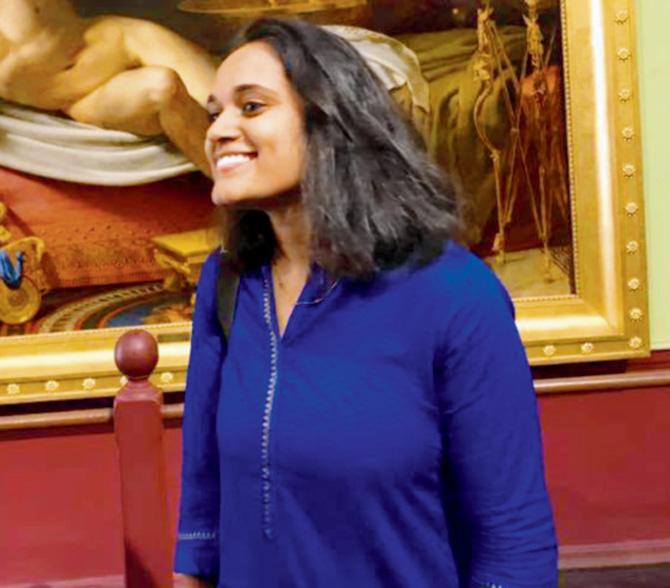
Alisha Sadikot
Sadikot is already in the process of reaching out to teachers in Mumbai schools where the textbook approach is standard. "Often, it's difficult to take kids out on field trips. So, the idea is to help teachers use visual online resources that have a curriculum link," she adds. Even if you're not an educator or still in school, there's plenty here to pique your interest in understanding the history of the city.
LOG ON TO: instagram.com/telling_histories
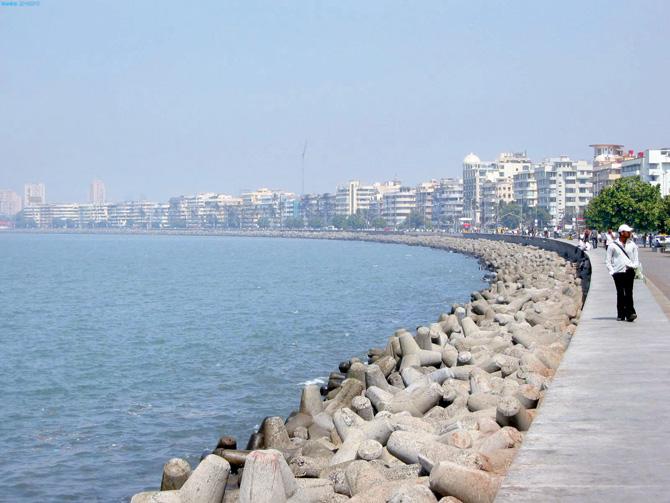
Tetrapods along Marine Drive. Pic/Wikimedia Commons
Telling tales on the rocks
If you've been to Marine Drive, you're sure to have seen the four-pronged structures bunched up along the shoreline. As iconic as these tetrapods are, few know the purpose behind their existence. Sadikot advises, "Use [models of] them to discuss the city's changing geography, reclamation, and how these artificial sea walls help protect against the force of the sea by interlocking and staying in place while at the same time allowing water to flow through the cracks and thereby reducing water pressure."
The tetrapods at Marine Drive are a fairly recent piece of history, having been installed by the Public Works Department between 1998 and 2004. Sadikot adds that there are plans to remove many of these structures to make way for the Coastal Road.
WHERE: Marine Drive
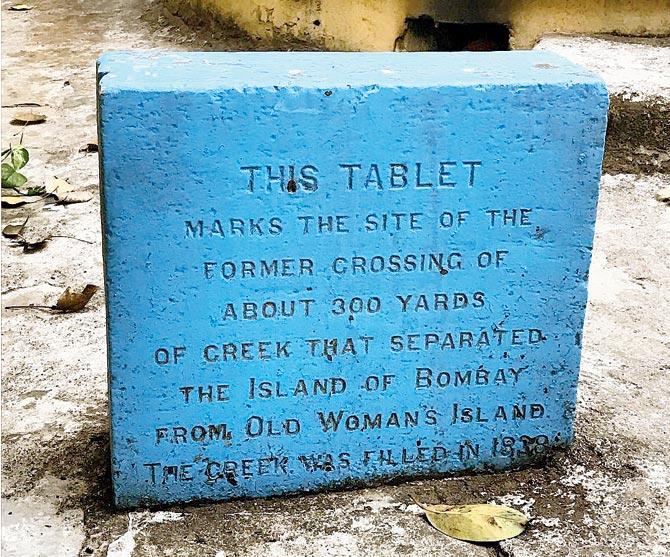
A stone tablet in Colaba. Pic courtesy/Alisha Sadikot
Silent markers of change
"This tablet marks the site of the former crossing of about 300 yards of creek that separated the Island of Bombay from Old Woman's Island..." These words grace the face of this tablet, which can be found in Colaba. Sadikot writes, "Stone remnants mark a geography of the city that no longer exists and make fantastic teaching tools for history, geography, environmental studies and current issues of development." She emphasises that teachers don't need to take students to the actual locations of these markers. "Use a map to mark its position, and include an image of the inscription, to discuss the city's changing form, reclamation and identities that still survive," she adds.
WHERE: Near Colaba Police Station
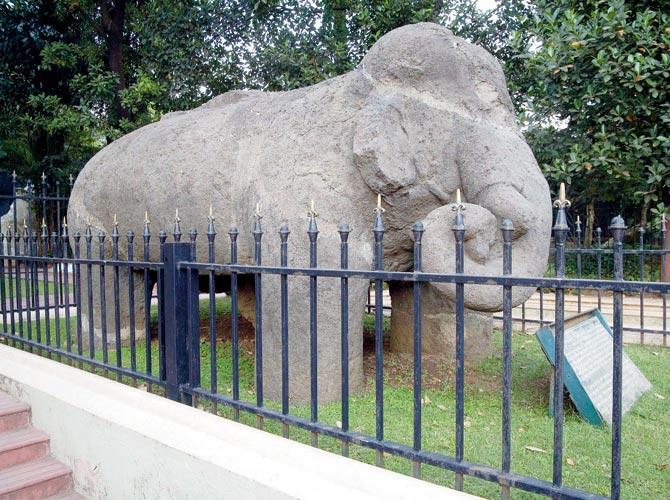
The stone elephant. Pic courtesy/Dr bhau daji lad museum
A jigsaw puzzle of elephantine proportions
One of the photos Sadikot has reposted is of the stone elephant at the entrance of Dr Bhau Daji Lad Mumbai City Museum. The post, uploaded by the museum, reads: Elephanta Island near Mumbai gets its name from this stone sculpture of an elephant, carved circa 6th century CE, which welcomed the royal visitors who disembarked on the Rajabunder Jetty. In 1864, the British attempted to transport this elephant to England. Due to its weight, the sculpture fell and broke into several pieces. These pieces were then moved to the Victoria Gardens (Veermata Jijabai Bhonsale Udyan). Sir George Birdwood, the then curator of the Museum, assembled the broken parts and installed it at the entrance of the museum. Visitors can still see the marks of how the sculpture broke and was put back together."
WHERE: Rani Baug, Byculla East.
 Subscribe today by clicking the link and stay updated with the latest news!" Click here!
Subscribe today by clicking the link and stay updated with the latest news!" Click here!






